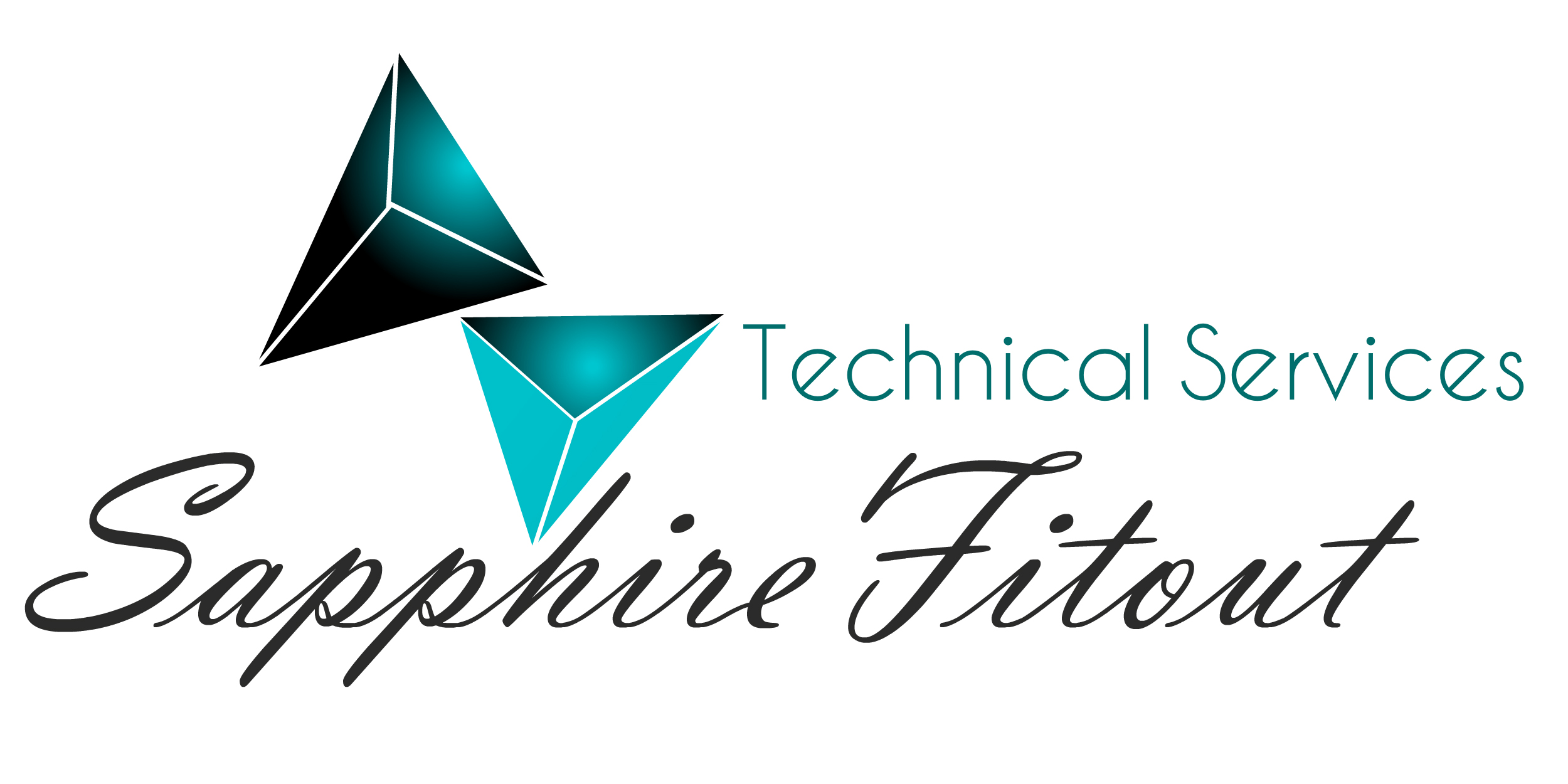Security is a continual, dynamic undertaking that requires effective communication with all stakeholders within the organization. Security leaders must be able to give clear information on their progress without getting bogged down in technical details. Many cybersecurity reports are too complicated, technical, and difficult to comprehend for the average reader. This stops security teams from communicating clearly on risk and security programs, which is crucial for preventing security breaches and keeping your business safe.
When creating a cybersecurity report, it’s important to keep in mind that the principal audience isn’t just the IT team but the board of directors. To make the report more appealing to the board, it should be focused on the business risk rather than technology.
If, for instance, the report states that outdated software is responsible for the majority of the attack surface within the company It is important to emphasize the effect on the bottom line. It is also crucial to ensure that the reporting of security threats can be easily understood by people who are not technical in particular since compliance with regulations and framework alignment are becoming increasingly important concerns for many boards.
Fortunately, UpGuard offers a library of templates for reports that are designed new post //cleanboardroom.com/ to meet the primary reporting expectations of the board and the senior management. These templates combine the security performance data that is frequently requested by the Board, including vendor summaries which highlight key metrics, like vulnerability management performance and third-party vulnerability to attack. These reports can be immediately generated and exported as slides which eases the burden of planning for board meetings and making it easier to communicate to the entire board.




